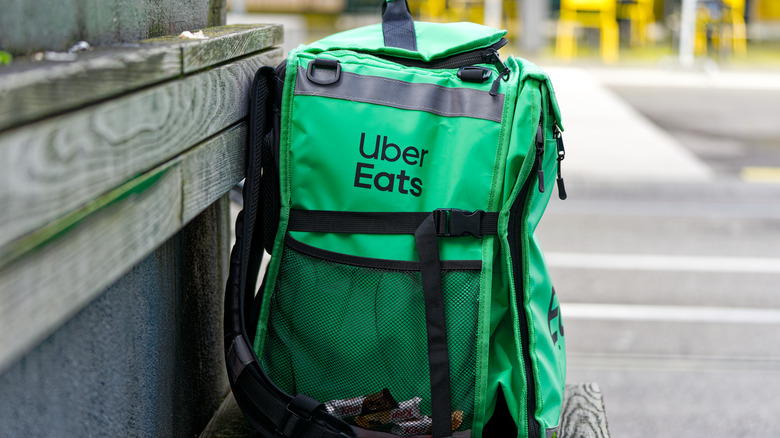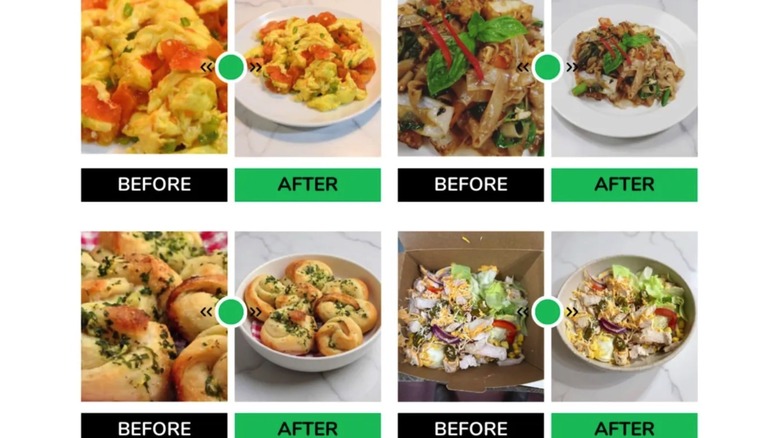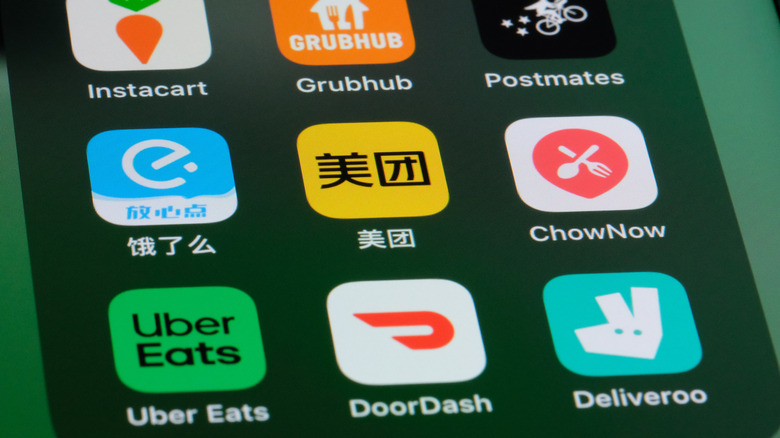Uber Eats Will Use AI To Make Restaurant Food Photos Look Better Than They Are
The carb-loading phase in the days preceding my regular half-marathon and marathon races is one of my favorite things about running, especially if I have to travel to a brand-new city. I instinctively load up Google Maps to search for restaurants around me. I quickly scan reviews, focusing on the menu and user-submitted food photos. The latter is a highlight of Google Maps I've come to take for granted. It's also a feature I wouldn't want generative AI to mess with.
For instance, I don't think the food pictures reviewers or restaurants submit should be altered by AI, even if they aren't especially high-quality or weren't taken with a professional camera. Uber doesn't feel the same way. The company has just announced a series of "smarter tools for restaurants" in Uber Eats, including the use of AI to make restaurant food photos look better. It's an interesting feature, but one that might open the door to abuse and unintended consequences.
Why Uber Eats needs AI tools
Uber explained in a blog post that Uber Eats has more than 1.5 million merchants across over 11,000 cities on six continents. These restaurants rely on Uber Eats to increase revenue, with Uber saying the merchants also want tools that "make daily operations simpler." Uber's announcement on Thursday focuses on AI, real-time communications, and content from the community. Uber's new AI tools aren't just about photos, though. Uber will also provide merchants with AI tools to analyze customer reviews and autofill menu descriptions.
Using AI to summarize reviews is a feature that could benefit many restaurants. It can speed up the process of going through reviews and identifying relevant feedback from consumers. Generating menu descriptions with AI can also be something some restaurants might want to automate, as long as those descriptions a true to the menu and the AI doesn't hallucinate.
The only problematic use of AI concerns the enhancement of photos. I've been using and covering AI products long enough that I know generative AI can create hyper-realistic but fake images that can fool people. I'd be concerned about AI-generated images in Uber Eats listings, especially if they're not identified as such.
Make money photographing Uber Eats food
Uber's initiative comes from a good place, but the results could be troubling. "We're using AI to detect and enhance low-quality food images – improving lighting, resolution, framing, and plating – to help restaurants showcase their dishes more accurately while elevating the customer experience from discovery to checkout," the company said. The example above shows what sort of visual experience Uber aims to deliver. The AI images seem to be honest representations of the real food items, but I still prefer images of the food I'm ordering to not be altered by AI.
Thankfully, there might be a better way to handle food pictures than using AI to enhance low-quality images. Uber is willing to pay Uber Eats users to take photos of their delivery if the food item they bought doesn't have a menu image. Uber Eats users in the U.S., Canada, Mexico, and the U.K. may receive Uber Cash in return for their photos, if selected. That's $3 in Uber Cash per approved photo in the U.S.
Finally, Uber also announced a new tool for Uber Eats that lets merchants start conversations with customers after an order has been received. The Live Order Chat feature should improve order accuracy, as real-time communication will allow both parties to inform the other about menu changes, allergens, and other special requests.


